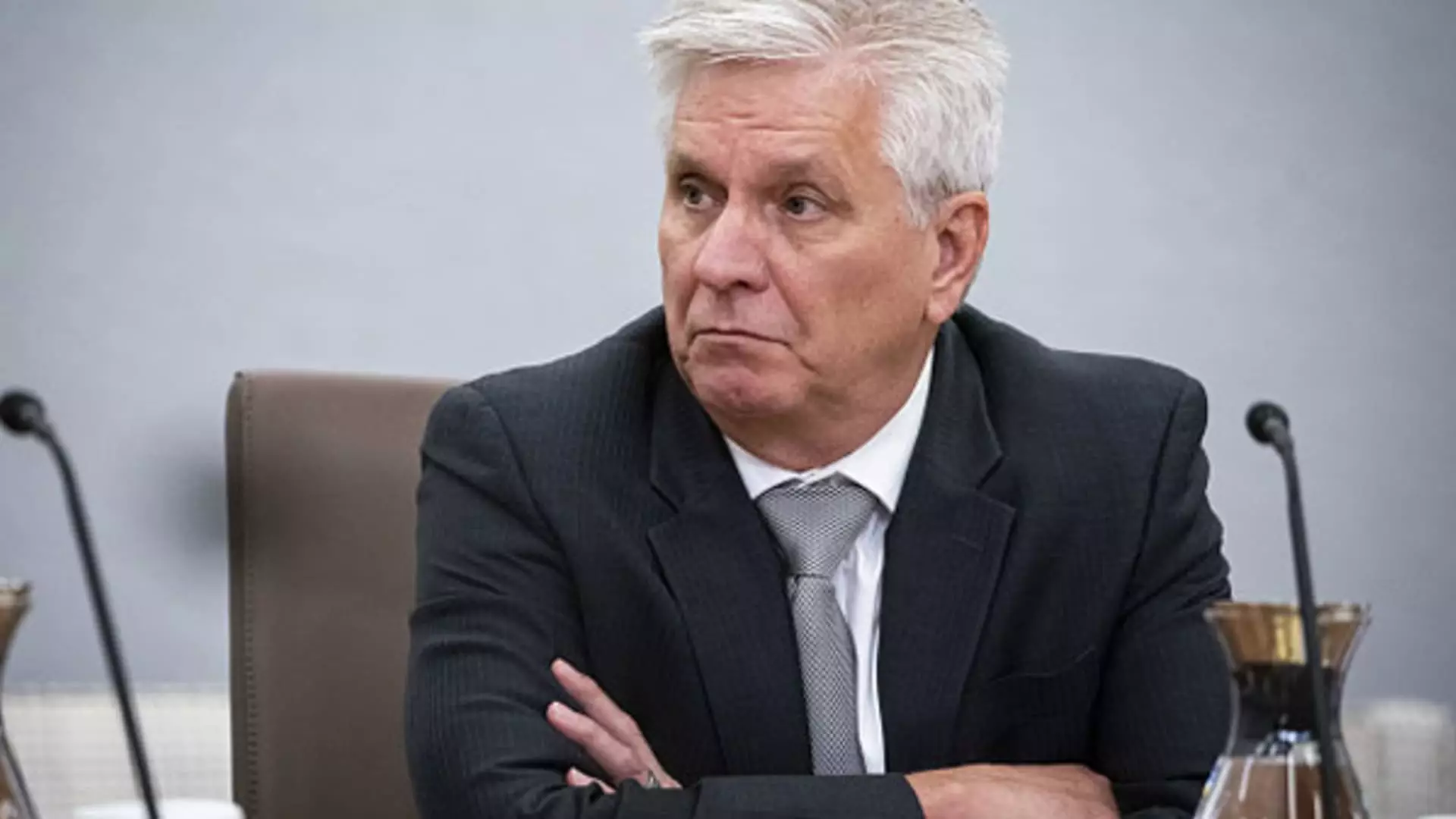Recent statements from Federal Reserve Governor Christopher Waller indicate a shift in the central bank’s approach to interest rate adjustments. On a day marked by significant discourse regarding monetary policy, Waller conveyed his belief that the economy is operating with greater vigor than previously anticipated. This assessment comes in the wake of mixed economic indicators, including labor market performance, inflation rates, and gross domestic product (GDP) growth. The implication is clear: while the Fed has made substantial changes to interest rates, the need for further reductions may not be as immediate as some might hope.
At the Federal Open Market Committee’s meeting in September, the Fed took the bold step of reducing the baseline interest rate by 50 basis points. This decision marked a pivotal moment, as rate cuts of this magnitude are customarily reserved for economic crises. The typical approach involves minor adjustments of 25 basis points. With this substantial shift, the policymaking body seemed to send a signal of urgency. However, the enthusiasm surrounding this move appears to be tempered by Waller’s recent comments, which emphasize a need for more measured future actions.
Waller’s caution stems from various recent data releases. An uptick in employment figures, an unexpected rise in consumer price index inflation, and a robust GDP growth rate bolster the narrative that the economy is on firmer ground than initially perceived. Indeed, the Commerce Department’s revision of second-quarter growth highlighted an increase in gross domestic income by 3.4%—a significant upward adjustment that could indicate an economy less prone to rapid downturn. Waller’s remarks underscore the notion that the Fed must navigate these indicators carefully to avoid overreacting to possibly transient economic shifts.
Despite the mixed data, Waller maintains that a gradual approach to rate cuts is prudent. The overall picture is complex; while some indicators suggest a resilient economy, the potential for slower growth looms large. The governor did not commit to specific timelines for future adjustments but indicated an inclination towards careful, calculated policy shifts in the coming year. This approach is essential not only for maintaining economic stability but also for instilling confidence among markets that the Fed is responsive without overreacting to transient market signals.
The Federal Reserve’s recent discourse demonstrates the delicate balance policymakers must strike in their decision-making processes. As they weigh evidence from various economic fronts, caution appears to be the prevailing sentiment. Moving forward, the Fed’s challenge will be to respond adequately to economic indicators that may herald change while ensuring that any monetary policy shifts do not exacerbate underlying issues. In a landscape marked by uncertainty and variability, the need for a nuanced, data-driven approach has never been more critical.

